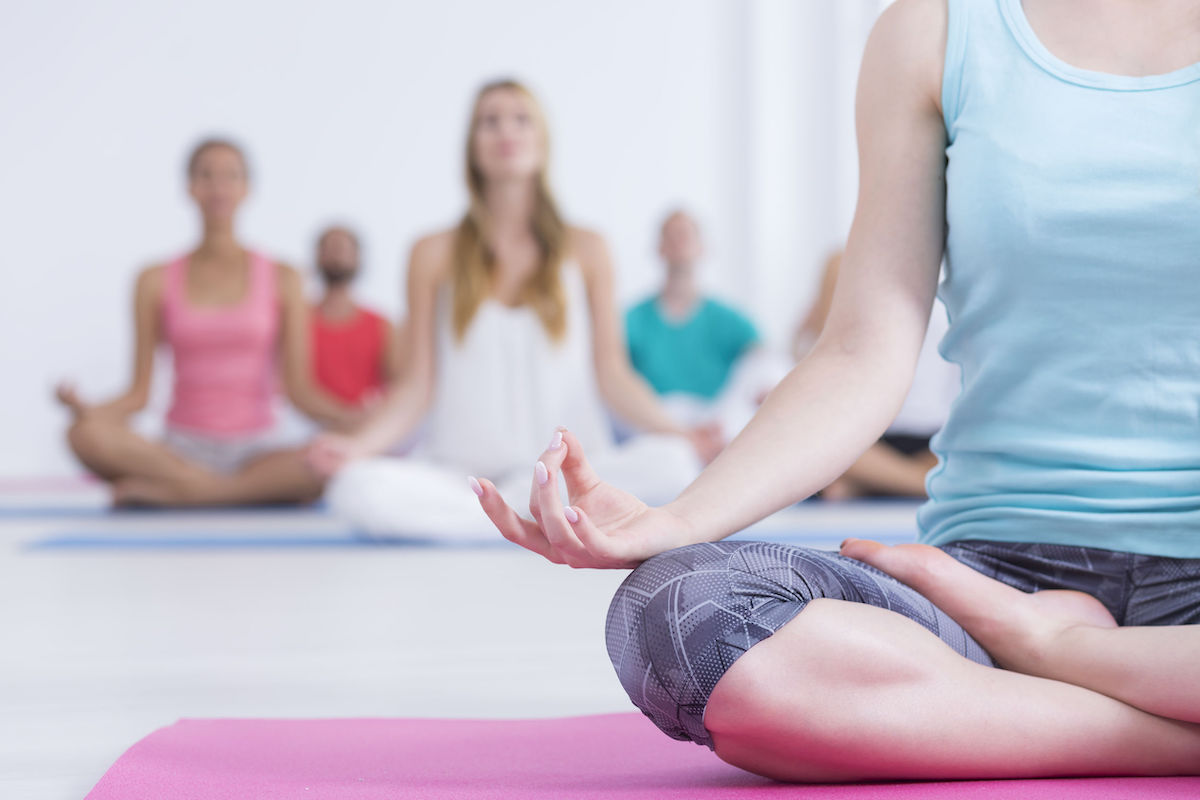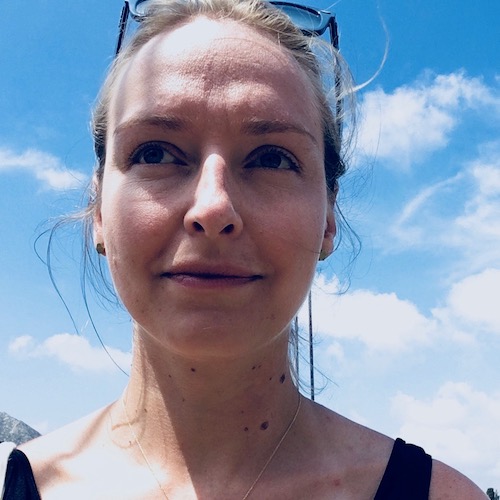
I have always loved organizing things neatly. As a kid, I would empty my Halloween candy haul onto the floor and sort it into categories, preferring to spend the time organizing than taking another lap of the neighbourhood. I played obsessively with dolls, but rather than acting out stories, I loved setting them up: dressing them, making props, positioning them into carefully curated scenes, and letting them sit in perfect stasis — every detail in place, in a world I could control.
At the same time, I was definitely not an athlete. I would daydream in the outfield at T-ball, took years to muster the courage to swim a full lap in the pool, and always shied away from the ball. Mostly, I collected participation ribbons.
As I grew out of childhood, I kept organizing things neatly. I was a whiz with a study schedule, colour-coded calendars, planning, and self-discipline. I figured out in school that if you plan and prepare to an extreme degree, you can appear almost perfect at most things: anticipating obstacles, always one step ahead.
I proceeded into a graduate program in science writing, where I organized complex information into simple stories and soundbites for the public. Then onto a career in book publishing, where we take the nebulous question, how do we sell this book? And we organize it into projects, publication schedules, shipping containers. We publicize by organizing books into envelopes, words into tweets, numbers into spreadsheets, authors into launch parties, materials into the hands of librarians: all gracefully executed on long, preplanned timelines, like a line of dominoes.
Around the same time that I started working in publishing, I stumbled into yoga. I was new in my desk job, and thought I should find a fitness regimen. Those memories of team sports haunted me slightly as I wandered into the closest neighbourhood studio one weekend, dragging my then-boyfriend, now-husband with me. It was a traditional Ashtanga studio, where our instructor took the beginner class through a portion of the primary series. I hadn’t known that Ashtanga is about as physically intense as yoga gets — strong movements, long, angular lines of energy, very muscular people, high expectations, a lot of sweat, and silence.
We started with a Sanskrit chant and a rush of sun salutations. The teacher reminded us firmly that there was to be no drinking water! It would cool our centres too much. We were winded, thirsty, and terrified. We could barely keep up, and left at the end of class in a daze. But as brutal as it felt, there was something about it that appealed to me: Ashtanga is always the exact same sequence, eternally predictable, which our beginner class would repeat and refine every week. It was an athletic endeavour in the shape of a to-do list: a consistent experience I could expect and perfect, with clear results and progress to track.
I went back the next week.
Slowly, I developed an ashtanga practice. I got stronger. Eventually, I could pull off the string of sun salutations with ease.
Over the next couple of years, a move and a job change led me to try studios in different parts of the city, which offered what I would later learn is called flow, or vinyasa. There were pieces of ashtanga, but different elements, like weights and music, to add fun and challenge. I found a couple of teachers I adored, and started going multiple times every week. I was hooked. I felt better, physically, than I ever had before. You might even say I became athletic. Aside from the physical, I came to love how being fully focused in a sequence becomes a moving meditation, where everything else falls away: a powerful break from an anxious mind whose instinct to organize and optimize is ever present. I fell more and more in love with the practice.
As an adult, I still tend toward a love of order. I organize my schedule like a Rubik’s cube, seeking an obsessive kind of balance and fullness, where it’s easy for healthy instincts to tighten into unhealthy expectations. I still have an instinct for productivity to rule my life, to be one step ahead, not fully inhabiting the present. Vinyasa has become a powerful antidote.
There is something forgiving about vinyasa: the idea of doing something physically challenging, but meeting yourself where you are, and acknowledging that every day will be different. On our mats, we celebrate effort rather than achievement, and make peace with imperfection. We don’t let our efforts veer into vanity. We inhabit the knowledge that we are human, not machines or automatons. Here, the goal is to feel the blood flowing, to feel alive. And maybe most importantly, we come back to the present. There is no value in being one step ahead.
I still can’t do a headstand, and I love that. I embrace it. Maybe one day I’ll learn — but the joy is in the journey.
It has now been almost a decade since I set foot in that ashtanga studio. This spring, I started my yoga teacher training. At the very beginning, our teacher defined “vinyasa” for us: It means to place, in a special way — as in the sequencing of poses, the fluidity of movement from one to the other.
My brain exploded when I heard that. Because practicing vinyasa hits so much of my instinct to organize: to arrange your limbs into postures, to create familiar shapes, to string them into sequences, to predict the next step, and to organize your health and fitness into pieces of hours, slotted evenly into a schedule, contained to the borders of your mat.
But it also represents the importance of deliberately placing things in a special way — choosing this practice, and following the shift in outlook it provides.
After all, isn’t the point of a meaningful life to place things in a special way, rather than a haphazard one? To organize your goals and experiences in a conscious, intentional, premeditated way — but maybe a looser one, with a little more room to play.
We’d love to hear from you! Please send us your suggestions for future articles. And if you’re a writer, please see our writer’s submissions page for details.

